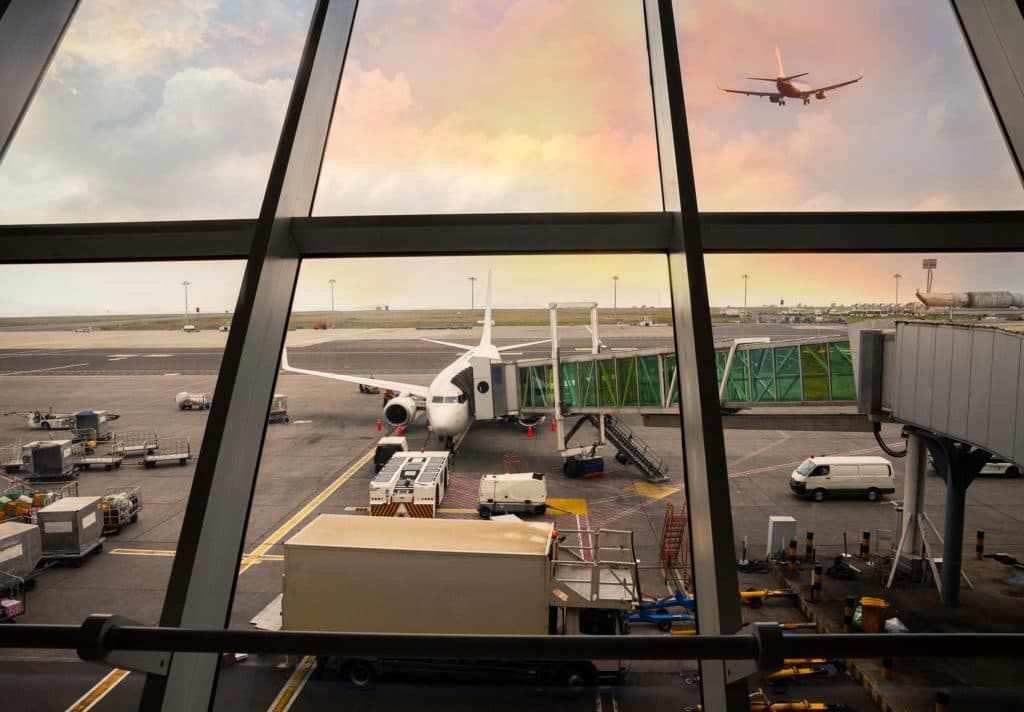Loading News Article...
We're loading the full news article for you. This includes the article content, images, author information, and related articles.
We're loading the full news article for you. This includes the article content, images, author information, and related articles.
Sri Lanka's impressive tourism earnings highlight a robust recovery, offering key insights and competitive benchmarks for Kenya as it targets KSh 560 billion in 2025 amid a dynamic global travel landscape.

Sri Lanka's tourism sector has demonstrated a significant resurgence, earning approximately KSh 426 billion (USD 2.66 billion) in the first ten months of 2025, according to a report from the Central Bank of Sri Lanka (CBSL) released on Sunday, November 16, 2025. This figure represents a 4.9% increase compared to the same period in 2024, signaling a strong recovery trajectory for the island nation. The data, which places tourism as a vital pillar of Sri Lanka's economy, provides a crucial comparative lens for Kenya's own ambitions in the global tourism arena.
The latest figures show that tourist arrivals in Sri Lanka reached 1,972,957 by November 12, 2025, as reported by the Sri Lanka Tourism Development Authority (SLTDA). India remains its largest source market with 443,622 visitors, followed by the United Kingdom, Russia, Germany, and China. This performance is buoyed by strategic initiatives including visa reforms and vigorous destination marketing campaigns.
In East Africa, Kenya's tourism sector is also on a positive growth path, though comprehensive data for the first ten months of 2025 is not yet consolidated. However, figures released by the Kenya National Bureau of Statistics (KNBS) on Thursday, July 31, 2025, showed that tourist arrivals for the first five months of the year rose by 2.3% to 922,961, up from 902,076 in the same period in 2024. For the full year of 2024, Kenya welcomed a record 2.4 million international visitors, generating KSh 452.2 billion in earnings, a 19.79% increase from 2023.
Looking ahead, the Kenyan government has set ambitious targets for 2025. Tourism and Wildlife Cabinet Secretary Rebecca Miano has projected that the country will attract 3 million visitors and generate KSh 560 billion (approximately USD 4.33 billion) in earnings. Some forecasts from the ministry are even more optimistic, suggesting earnings could reach KSh 650 billion. These goals are underpinned by strategies to diversify tourism products, including a focus on sports, cruise, and adventure tourism, alongside strengthening Meetings, Incentives, Conferences, and Exhibitions (MICE) tourism.
While both Kenya and Sri Lanka are leveraging tourism for economic growth, their source markets and strategies show some divergence. Sri Lanka's top markets are dominated by India and European countries. In contrast, the United States remains Kenya's largest source of international visitors, followed by regional neighbors Uganda and Tanzania, highlighting the importance of the African continent as a source market. Africa accounted for 40.8% of Kenya's visitors in 2024.
Both nations are members of the Commonwealth and have historical ties, including a Bilateral Air Services Agreement to facilitate direct flights. In 2013, trade between the two countries was valued at USD 13.94 million, with Kenya's main exports to Sri Lanka including tea for blending purposes.
Globally, the tourism sector has shown resilience. According to the UN Tourism World Tourism Barometer, international tourist arrivals grew by 5% in the first half of 2025 compared to the same period in 2024. Africa demonstrated the strongest regional performance in the first quarter of 2025 with a 9% increase in arrivals. However, challenges such as high transport and accommodation costs persist. The global outlook remains cautiously optimistic, with projections for international arrival growth in 2025 holding steady at 3% to 5%.
Sri Lanka's success in revitalizing its tourism sector through targeted policies offers valuable lessons. As Kenya pursues its own aggressive growth targets, the emphasis on market diversification, enhancing connectivity, and promoting niche tourism segments like the MICE category—which accounted for 27% of arrivals in 2024—will be critical.
The World Travel & Tourism Council (WTTC) has forecast that Kenya's Travel & Tourism sector will contribute a record KSh 1.2 trillion to the economy in 2025, equivalent to over 7% of the national GDP. Achieving these projections will depend on sustained investment in infrastructure, security, and high-quality service delivery to remain competitive in a global market where destinations like Sri Lanka are also making significant strides. Continuous monitoring of global trends, such as the growing demand for experiential and sustainable travel, will be essential for both nations to capitalize on the evolving preferences of international travelers.